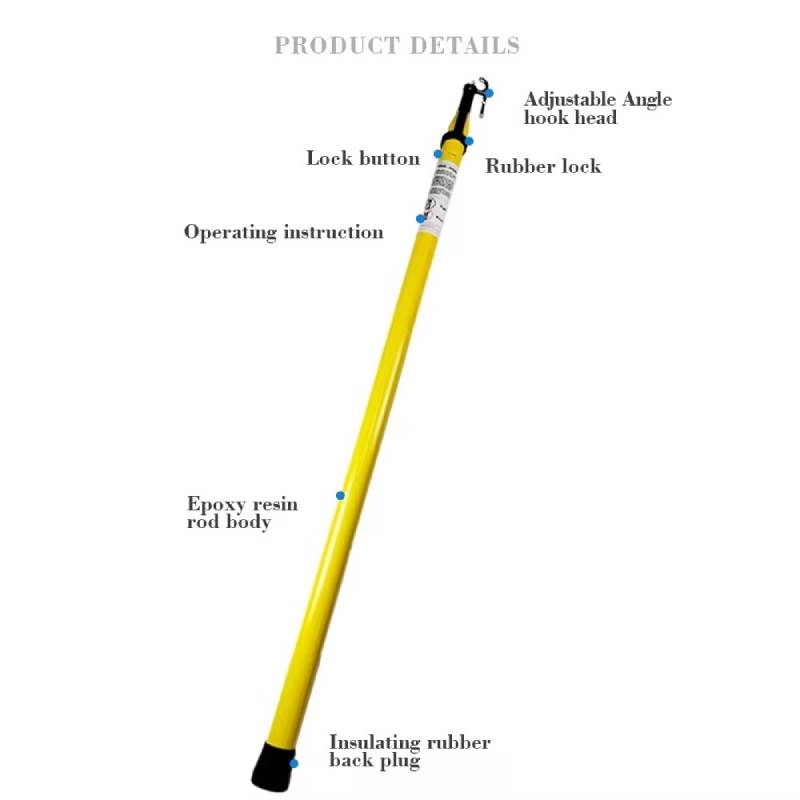
-
 Afrikaans
Afrikaans -
 Albanian
Albanian -
 Amharic
Amharic -
 Arabic
Arabic -
 Armenian
Armenian -
 Azerbaijani
Azerbaijani -
 Basque
Basque -
 Belarusian
Belarusian -
 Bengali
Bengali -
 Bosnian
Bosnian -
 Bulgarian
Bulgarian -
 Catalan
Catalan -
 Cebuano
Cebuano -
 Corsican
Corsican -
 Croatian
Croatian -
 Czech
Czech -
 Danish
Danish -
 Dutch
Dutch -
 English
English -
 Esperanto
Esperanto -
 Estonian
Estonian -
 Finnish
Finnish -
 French
French -
 Frisian
Frisian -
 Galician
Galician -
 Georgian
Georgian -
 German
German -
 Greek
Greek -
 Gujarati
Gujarati -
 Haitian Creole
Haitian Creole -
 hausa
hausa -
 hawaiian
hawaiian -
 Hebrew
Hebrew -
 Hindi
Hindi -
 Miao
Miao -
 Hungarian
Hungarian -
 Icelandic
Icelandic -
 igbo
igbo -
 Indonesian
Indonesian -
 irish
irish -
 Italian
Italian -
 Japanese
Japanese -
 Javanese
Javanese -
 Kannada
Kannada -
 kazakh
kazakh -
 Khmer
Khmer -
 Rwandese
Rwandese -
 Korean
Korean -
 Kurdish
Kurdish -
 Kyrgyz
Kyrgyz -
 Lao
Lao -
 Latin
Latin -
 Latvian
Latvian -
 Lithuanian
Lithuanian -
 Luxembourgish
Luxembourgish -
 Macedonian
Macedonian -
 Malgashi
Malgashi -
 Malay
Malay -
 Malayalam
Malayalam -
 Maltese
Maltese -
 Maori
Maori -
 Marathi
Marathi -
 Mongolian
Mongolian -
 Myanmar
Myanmar -
 Nepali
Nepali -
 Norwegian
Norwegian -
 Norwegian
Norwegian -
 Occitan
Occitan -
 Pashto
Pashto -
 Persian
Persian -
 Polish
Polish -
 Portuguese
Portuguese -
 Punjabi
Punjabi -
 Romanian
Romanian -
 Russian
Russian -
 Samoan
Samoan -
 Scottish Gaelic
Scottish Gaelic -
 Serbian
Serbian -
 Sesotho
Sesotho -
 Shona
Shona -
 Sindhi
Sindhi -
 Sinhala
Sinhala -
 Slovak
Slovak -
 Slovenian
Slovenian -
 Somali
Somali -
 Spanish
Spanish -
 Sundanese
Sundanese -
 Swahili
Swahili -
 Swedish
Swedish -
 Tagalog
Tagalog -
 Tajik
Tajik -
 Tamil
Tamil -
 Tatar
Tatar -
 Telugu
Telugu -
 Thai
Thai -
 Turkish
Turkish -
 Turkmen
Turkmen -
 Ukrainian
Ukrainian -
 Urdu
Urdu -
 Uighur
Uighur -
 Uzbek
Uzbek -
 Vietnamese
Vietnamese -
 Welsh
Welsh -
 Bantu
Bantu -
 Yiddish
Yiddish -
 Yoruba
Yoruba -
 Zulu
Zulu


Jul . 29, 2024 22:27 Back to list
Exploring the Mechanics and Applications of Winch Pulleys in Modern Engineering Solutions
Understanding Winch Pulleys A Comprehensive Overview
Winch pulleys are essential tools in various applications, from construction and landscaping to automotive industries. Their primary function is to lift heavy loads and facilitate the movement of objects, making tasks safer and more efficient. To understand the importance of winch pulleys, it’s crucial to delve into how they operate, their different types, and their wide-ranging applications.
A winch is a mechanical device used for pulling or lifting heavy loads by winding a cable or rope around a drum. The addition of a pulley to this system enhances its functionality by redirecting the direction of force and providing a mechanical advantage. Pulleys can effectively reduce the amount of force required to lift an object, thereby increasing efficiency. This principle is based on the simple physics of load distribution, where using pulleys allows multiple segments of rope to share the load.
One of the most common types of winch pulleys is the single pulley, which allows for basic lifting but does not provide any mechanical advantage. However, when combined with a block and tackle setup, where multiple pulleys are used in conjunction, the lifting power is significantly increased. This setup is particularly beneficial in scenarios requiring the movement of very heavy objects, as it allows a user to lift loads that are several times their weight with less effort.
winch pulley

The materials used in the construction of winch pulleys vary, with options including steel, aluminum, and even high-strength plastics
. Steel pulleys are robust and suitable for heavy-duty applications, while aluminum pulleys are lighter and often preferred in scenarios where weight is a critical factor, such as in climbing or sailing. Each material has its pros and cons, and the selection often depends on the specific requirements of the task at hand.When utilizing winch pulleys, safety should always be a priority. The loads being lifted can be extremely heavy, and improper usage or equipment failure can lead to severe accidents. Therefore, it is crucial to regularly inspect all components of the pulley system, including the rope or cable, to ensure they are in good condition. Additionally, users should be trained in proper lifting techniques and safety practices to minimize the risk of injury.
Winch pulleys are not limited to industrial uses; they are also prevalent in recreational activities. For instance, in boating, pulleys are used in rigging systems to manage sails and adjust their tension. In this context, they enhance performance and maneuverability while ensuring the safety of both the vessel and its passengers. Similarly, in the world of climbing, winch pulleys are essential in rescue operations and for creating hauling systems that allow climbers to lift gear or even assist injured climbers in descending safely.
In summary, winch pulleys are versatile and invaluable tools in both industrial and recreational settings. Their ability to lift heavy loads with reduced effort makes them an essential component in various applications. Understanding the mechanics, types, materials, and safety measures associated with winch pulleys can empower individuals to use them effectively and safely. Whether in a professional setting or for personal use, mastering the use of winch pulleys can lead to significant improvements in efficiency and safety. As technology advances, it is likely that winch pulley systems will continue to evolve, offering even greater capabilities and applications in the future.
Latest news
What Are Construction Tools and How Are They Used?
NewsJul.11,2025
Professional-Grade Duct Rodding Tools for Superior Cable Installation
NewsJul.11,2025
Enhancing Safety and Efficiency with Modern Hot Stick Solutions
NewsJul.11,2025
Empowering Cable Installation with Advanced Rodder Solutions
NewsJul.11,2025
Elevate Your Cable Installation Projects with Cable Pulling Tools
NewsJul.11,2025
Efficient Cable Handling Solutions: Cable Rollers for Sale
NewsJul.11,2025











